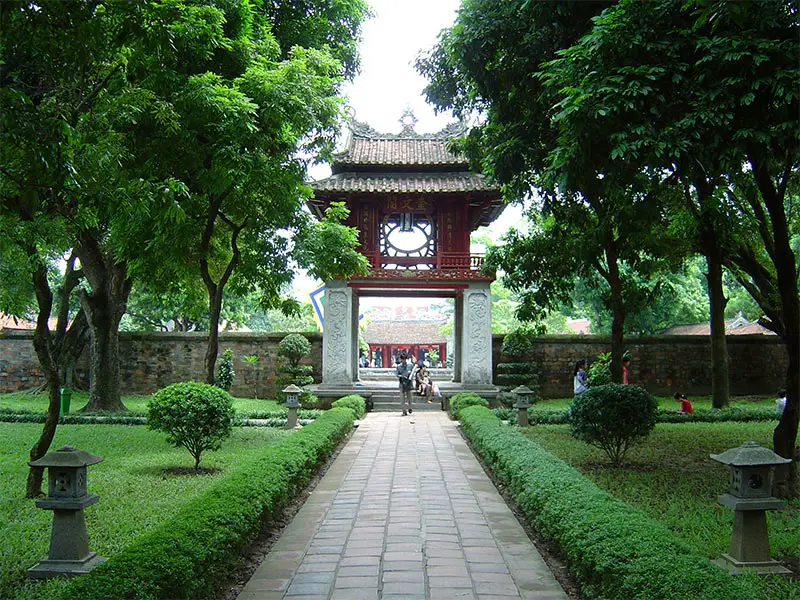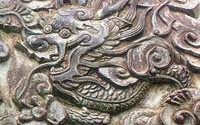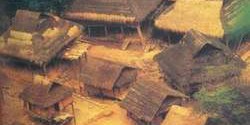Because of 1000 years under the cruel domination of Chinese, there are no records which indicate that a formal education system in Viet Nam was established Before Christ or even under the Chinese conquers years from 207 BC to 939 AD.
However, Chinese historical documents recorded many excellent Vietnamese scholars who graduated in China with a doctoral degree and worked for Chinese Royalty, such as Ly Cam, Ly Tien, Truong Trong etc.
In 939 Emperor Ngo Quyen expelled the Chinese invaders and declared Vietnamese independence. But the first two dynasties Ngo and Dinh were not on thrown so long, and were busy with the national defense, the education was just in pagodas. Ly Cong Uan, the founder king of the Ly dynasty had been educated in a pagoda.
To the Ly dynasty, the fundamental educational system was officially improved. King Ly Thanh Ton was credited for the Temple of Literature at the ancient Capital of Thang Long to encourage people to appreciate the education. In 1075 the first exam was done by the order of King Ly Nhan Ton to select scholars for the office and the later year, 1076, Quoc Tu Giam, was the first university built in Viet Nam’s history. There were also many private schools taught by prominent professors such as Chu Van An, Le Quy Don, Nguyen Binh Khiem, Phung Khac Khoan, Vo Truong Toan… The students would only study literature and ancient history of China, of Viet Nam for entirety of their schooling. Later on, the Public Administration curriculum was finally added to the program. When the Ho Royal family ruled the country, students were taught simple mathematics.

From 1918 until now, Vietnam’s education program has adopted the western educational system with three levels: elementary, high school, and college. At all levels, the Vietnamese National Writing (Quốc Ngữ) is officially used. Students had (and still do have) the opportunity to learn literature, history, philosophy, law, science, math, medicine and as well as other languages. The first university that applied the western educational system was built in Northern Viet Nam, Ha Noi, in 1919 (medicine school) and 1933 (law school). Toward 1975, the estimated population in Southern Viet Nam was 25 million people, but there were 3 state universities built in cities of Hue, Saigon, Can Tho. In parallel with the state universities, four private universities were also built: Three in Saigon were Van Hanh, Minh Duc, Tri Hanh Universities. One in Dalat was named after the city. They all offered various choices in curriculum similar to most modern universities around the world. In addition, each year thousands of Vietnamese students studied abroad in countries such as the United States, France, Germany and Australia.
 Vietnamese Culture and Tradition
Vietnamese Culture and Tradition 

